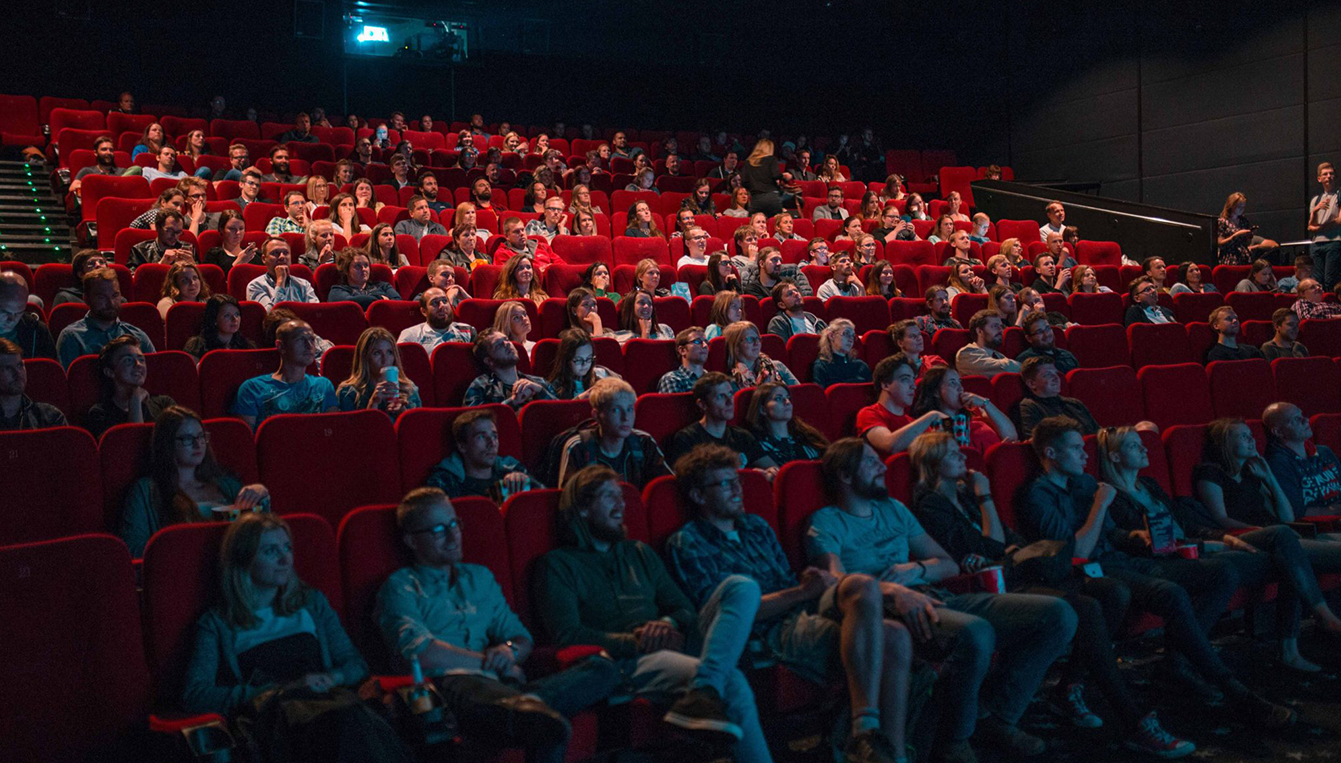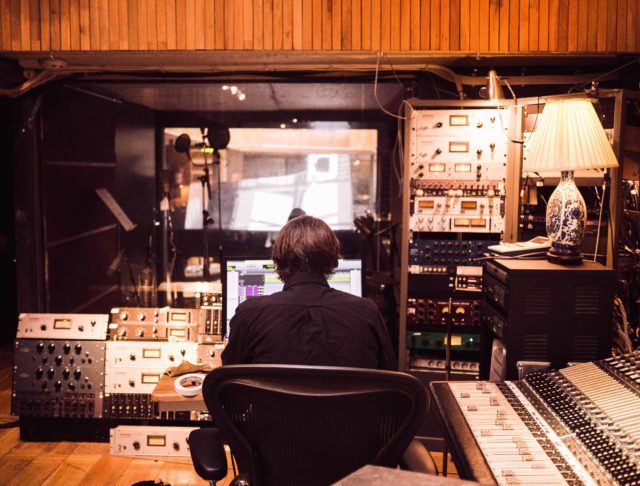Alex Odom
Data Centers | Market Leader
Associate Principal

This Sunday, the Academy Awards will celebrate the achievements in film production in 2019. The first year of film recognized by the Academy was 1927, the same year as the first feature film with synchronized dialogue, cutely called a “talkie”. What was once a technological revolution in cinema is now commonplace. The Best Picture winner from 2011, The Artist, was an homage to the silent film era, but it feels like a completely different medium to most movie-goers today.
George Lucas says that “sound is half the experience” in seeing a film. So, given the importance of sound in film, the Academy gives out awards in not just one, but two categories: Sound Editing and Sound Mixing. Movie-goers (and Academy voters) may not know how these two awards acknowledge different aspects of movie sound. How can we describe a movie’s sound in more than one way?
A history lesson helps to explain the confusion surrounding the Sound Editing category. The award for Sound Editing was previously given under two other titles: Best Sound Effects (1963-1975) and Best Sound Effects Editing (1977, 1981-1999). In essence, the award honors outstanding achievement in creating and applying sound effects, the individual sounds that create a realistic ambient environment in films. These sound effects range from the mundane (e.g., swishing clothing, breaking glass) to the fantastical (e.g., the lightsaber, Godzilla’s roar). In the same way we have iconic images from film history, there are echoic sounds that stand the test of time in our auditory memory (e.g., Wilhelm scream).
The longest-running Academy Award for sound has been Sound Mixing, since 1929. In sound mixing, multiple sounds are combined together to create a soundscape for the film. Dialogue, sound effects, and music all come together to create the final mix. Each source’s volume level, frequency content, dynamics, and panoramic position are altered, all to develop an aural aesthetic for the film.
Like many things, it’s easier to notice a bad sound mix than a good one. You may remember watching movies in your home keeping the remote close at hand throughout, turning the volume up to hear faint dialogue, before recoiling when the blast of an explosion hurts your ears. A skilled sound mixer draws attention to the most important sounds, helps you localize objects within busy scenes, and smooths the audio transitions from shot to shot. A great mix can tell a joke, inspire awe, or build tension.

Amazing tools exist to view 3D virtual reality renderings of a building to help “picture” what a space will look like before it is built, but these silent visualizations make it difficult to “hear” what the space will sound like. Similar to the film industrialists of the twenties, Acentech is revolutionizing the building design process with our “talkies” of the architectural world, auralization. Using computer modeling and signal processing techniques, our 3DListening® (3DL) technology transforms architectural drawings into an aural rendering of a space (an “auralization”) allowing architects and project owners to make critical decisions about the way their space sounds before it is built. Auralizations can be useful design and communication tools for a variety of projects, including atria, classrooms, offices, and performance spaces.
At Acentech, our sound editors populate the auralization models with virtual sound sources. We make audio recordings of the relevant sounds, made in a very dry space with minimal (ideally no) sound reflections, if possible. Some of the sources in these auralizations include natural speech with or without electro-acoustic reinforcement, crowd activity, HVAC noise, environmental noise (e.g., traffic, trains, overhead flights), musical instruments, and sound masking.
Sound mixing comes into play when the acoustical model is calibrated based on the room acoustical properties and listening positions, selected for how the room will be used. To “listen” to the space, the model properties are combined with our sound effect recordings and played back over a surround loudspeaker system (think fancy professional theater sound system). This engineered approach to sound mixing preserves the directionality and timing of the reflections of the space so that the listener can localize individual sound sources within the 3D-realized environment.
We consider each Acentech project award-winning. With each auralization, the final product is an immersive demonstration, allowing groups of people to listen together and evaluate the transmission of sound among adjoining spaces, the intelligibility of a PA system, or the ease of close conversation in the presence of noise. With this collaborative listening, it is easy to demonstrate the utility of acoustical treatments when making design decisions.
So feel free to come by the Acentech office for a demonstration in 3DL! We have popcorn.

In most years, the sound awards are split between two movies. This year, however, we’re hedging our bets, and putting money on Sam Mendes’ 1917 to sweep the sound categories.
____
A special thank you to Consultant Colin Worrich for helping to put this together.